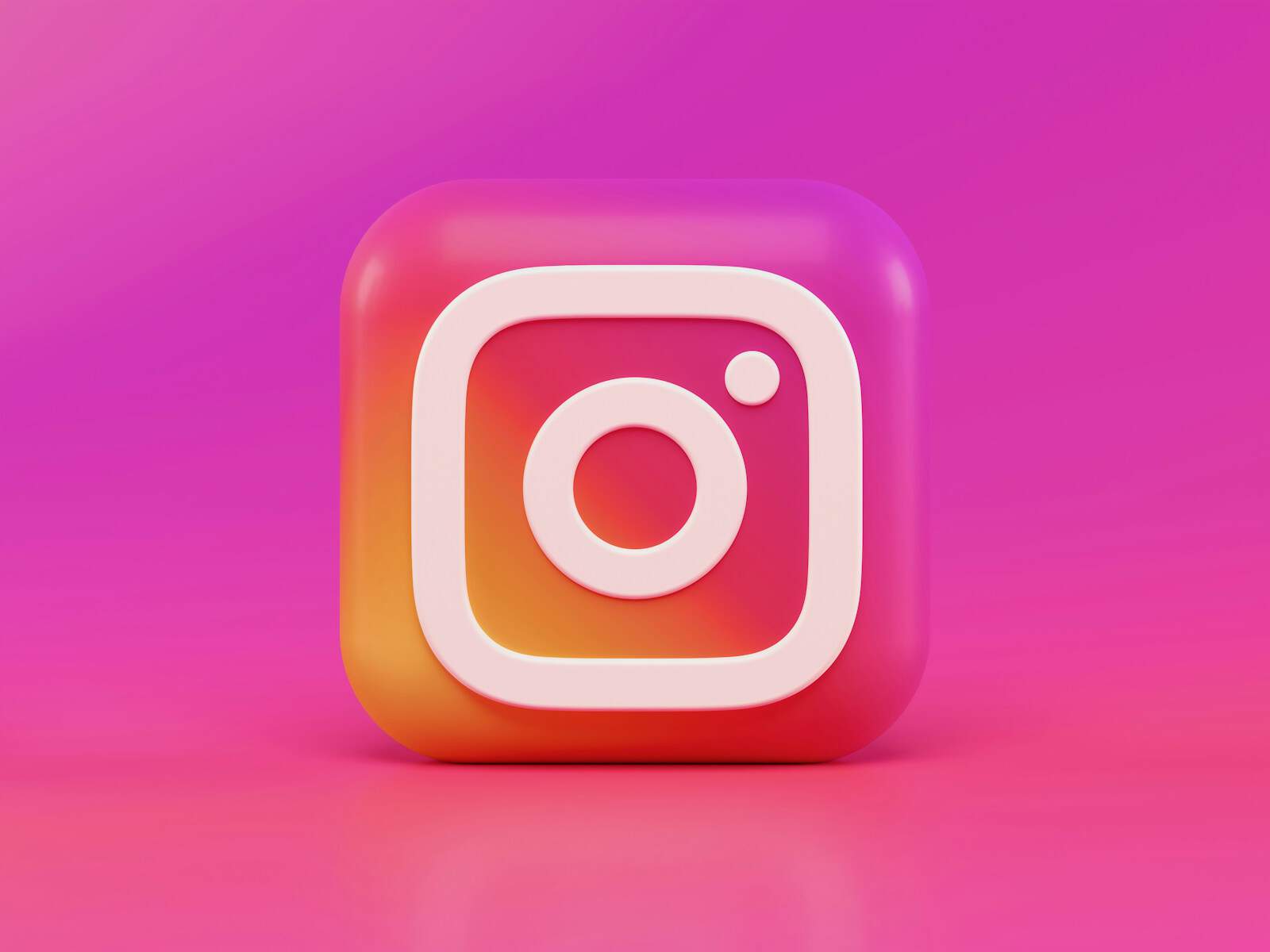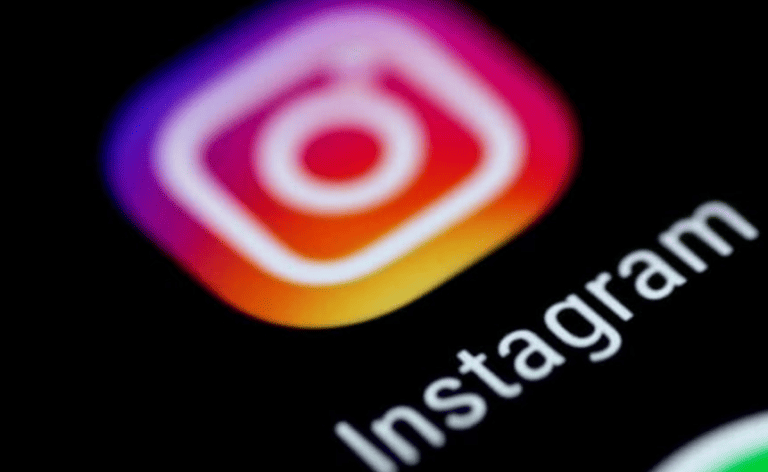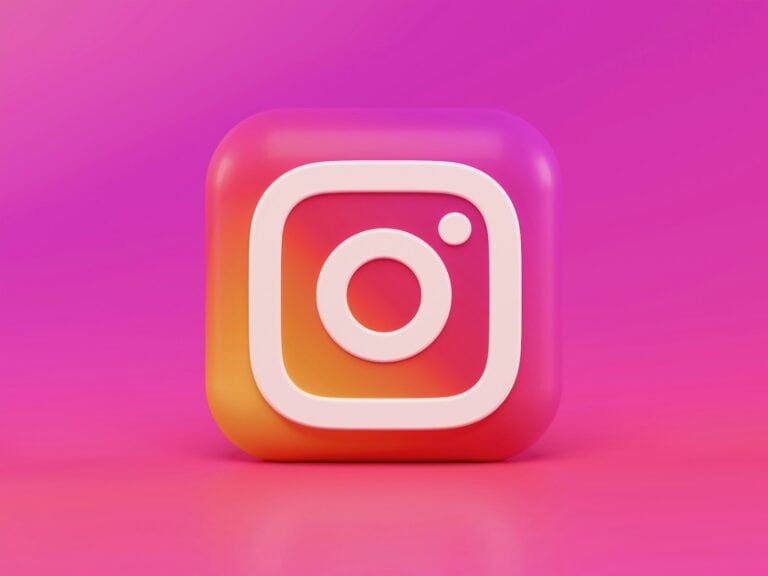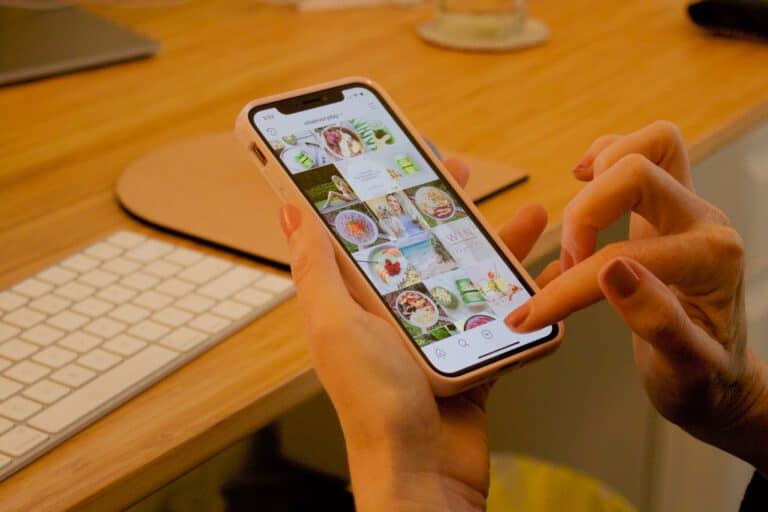Instagram continues to evolve with new features, AI tools, and algorithm changes. Whether you’re a casual user, creator, or business owner, this guide covers how to use Instagram effectively and how to fix common problems.
1. Getting Started on Instagram
Create an Account
- Download Instagram from the App Store (iOS) or Google Play (Android).
- Tap Sign Up.
- Choose email, phone number, or Facebook/Meta account.
- Create a username and password.
- Add a profile picture, bio, and optional website link.
Switch to a Professional Account (for creators/businesses)
- Go to Profile → Menu (☰) → Settings → Account → Switch to Professional Account.
- Choose Creator or Business.
- Access analytics (Insights) and promotional tools.
2. How to Post & Engage
Types of Content
- Feed Posts: Photos, carousels, or videos.
- Reels: Short-form vertical videos (up to 90 seconds).
- Stories: 24-hour disappearing content.
- Lives: Real-time video streaming.
- Notes: Short text updates in DMs.
Posting a Photo or Video
- Tap the + icon.
- Select Post, Story, Reel, or Live.
- Choose media from your camera roll or record directly.
- Edit, add filters, write a caption, and tag people.
- Add hashtags and location (optional).
- Tap Share.
Boost Engagement
- Post consistently (2–4 times/week).
- Use relevant hashtags (5–15 per post).
- Engage with comments and DMs quickly.
- Post Reels regularly — Instagram’s algorithm prioritizes them.
- Collaborate with other creators using the Collab Post feature.
3. New Features in 2025
- AI Caption Suggestions: Instagram can auto-generate captions for posts.
- Reels Remix 2.0: More layout options for collaborative videos.
- Broadcast Channels: One‑to‑many messaging for followers.
- Advanced Scheduling: Schedule posts, Reels, and Stories up to 75 days ahead.
- Improved Search: AI-powered search for posts, audio, and trends.
4. Troubleshooting Common Instagram Issues
A. App Not Loading or Crashing
- Update the app from App Store/Google Play.
- Restart your phone.
- Clear Instagram cache (Android: Settings → Apps → Instagram → Storage → Clear Cache; iOS: reinstall app).
- Check Instagram’s status page for outages.
B. Can’t Log In
- Reset your password via Forgot Password.
- Check if your account is disabled (Meta may send an email).
- Enable two-factor authentication to prevent future lockouts.
C. Posts Not Showing or Low Reach
- Avoid violating Community Guidelines (shadowbanning risk).
- Use varied hashtags — don’t repeat the same set every time.
- Post when your audience is most active (check Insights).
- Engage with others before and after posting.
D. Stories Not Uploading
- Switch from Wi‑Fi to mobile data (or vice versa).
- Reduce file size/resolution.
- Update the app.
E. Audio Missing in Reels
- Check if the song is available in your region.
- Use Instagram’s music library instead of uploading copyrighted tracks.
5. Privacy & Security Tips
- Private account: Profile → Settings → Privacy → Private Account.
- Restrict/block unwanted users from your profile.
- Review tagging permissions to control who can tag you.
- Turn on Login Alerts in Security settings.
6. Best Practices for Growth in 2025
- Leverage Carousels: Multi-image posts get high saves.
- Post Reels to both feed & Reels tab for maximum reach.
- Use Instagram Notes to stay visible in DMs.
- Reply to comments with Reels for extra engagement.
- Experiment with AI tools for captions, image editing, and scheduling.
7. Useful Links
Instagram Quick Reference Sheet (2025)
Posting Steps
- Open Instagram → Tap +.
- Choose Post, Story, Reel, or Live.
- Select or record media.
- Edit → Add caption, hashtags, tags, and location.
- Tap Share.
Best Times to Post (General)
- Weekdays:
- 8–9 AM
- 12–1 PM
- 6–8 PM
- Weekend:
- 9–11 AM
(Check Insights for your audience’s exact times.)
- 9–11 AM
Growth Tips
- Post 2–4 times/week.
- Use 5–15 relevant hashtags.
- Create Reels — algorithm loves them.
- Engage with others before/after posting.
- Use Collab Posts to reach new audiences.
Quick Troubleshooting
| Problem | Quick Fix |
|---|---|
| App crashes | Update app, restart phone, clear cache |
| Can’t log in | Reset password, check email for alerts |
| Low reach | Vary hashtags, post at peak times, engage more |
| Stories won’t upload | Switch network, reduce file size, update app |
| Missing Reel audio | Use music from IG library, check region availability |
Privacy & Security
- Private account: Settings → Privacy → Private Account.
- Turn on Two-Factor Authentication.
- Restrict/block unwanted users.
- Review tagging permissions.
Instagram Launch Date: Key Facts & Historical Milestones
Instagram launched on October 6, 2010, when creators Kevin Systrom and Mike Krieger released their photo-sharing app exclusively for iOS devices. The app gained over 25,000 users within its first 24 hours, marking the beginning of what would become one of the world’s most popular social media platforms.
Instagram officially debuted on October 6, 2010, transforming from a location-based app called Burbn into the photo-focused platform millions use today. Systrom and Krieger spent just eight weeks developing the initial version before its release to the App Store. The timing proved perfect as smartphone cameras improved and people wanted simple ways to share visual content.
The launch story reveals how quickly social media can evolve. Within two months, Instagram reached one million users, and Facebook eventually purchased the company for $1 billion in 2012. Understanding Instagram’s launch helps explain how the platform shaped modern social media and influenced how people share their lives online.
Key Takeaways
- Instagram launched on October 6, 2010, created by Kevin Systrom and Mike Krieger as an iOS photo-sharing app
- The platform gained 25,000 users on its first day and reached one million users within two months
- Instagram evolved from a location-based app called Burbn into the photo-focused social media giant we know today
Frequently Asked Questions
Instagram launched on October 6, 2010, and gained 25,000 users on its first day. The platform was created by Kevin Systrom and Mike Krieger and has evolved significantly from its original photo-sharing concept.
When was the first public release of Instagram?
Instagram launched publicly on October 6, 2010. The app was initially available only for iPhone users.
The platform gained 25,000 users on its launch day. Within three months, Instagram reached one million users.
Who were the original creators of Instagram?
Kevin Systrom and Mike Krieger founded Instagram. They developed the app as a photo-sharing platform for mobile devices.
The two founders worked together to create the initial version of Instagram. Their app became one of the most successful social media platforms in history.
What was the first post ever made on Instagram?
Kevin Systrom posted the first Instagram photo on July 16, 2010. The image showed a dog sitting near a taco stand in Mexico.
He posted this photo during the app’s testing phase before the public launch. The photo was taken with Instagram’s early filter system.
How did Instagram gain its popularity?
Instagram’s simple photo-sharing concept attracted users quickly. The app’s filters made ordinary photos look professional and appealing.
The platform gained one million users within two months of launch. Celebrity adoption and word-of-mouth marketing helped drive early growth.
Facebook’s acquisition of Instagram for $1 billion in April 2012 increased visibility. This purchase validated Instagram’s value and attracted more users.
When was the feature of Instagram Reels introduced?
Instagram launched Reels on August 5, 2020. The feature rolled out in over 50 countries worldwide.
Reels allowed users to create short videos up to 15 seconds long initially. Instagram extended Reels to 60 seconds on July 27, 2021, to compete with TikTok.
What did the Instagram platform originally look like at its inception?
The original Instagram app focused purely on photo sharing. Users could apply filters to their photos and share them with followers.
The early interface was simple and clean. It featured a square photo format and basic editing tools.
The original website had minimal design elements. The platform emphasized visual content over text-based posts.




